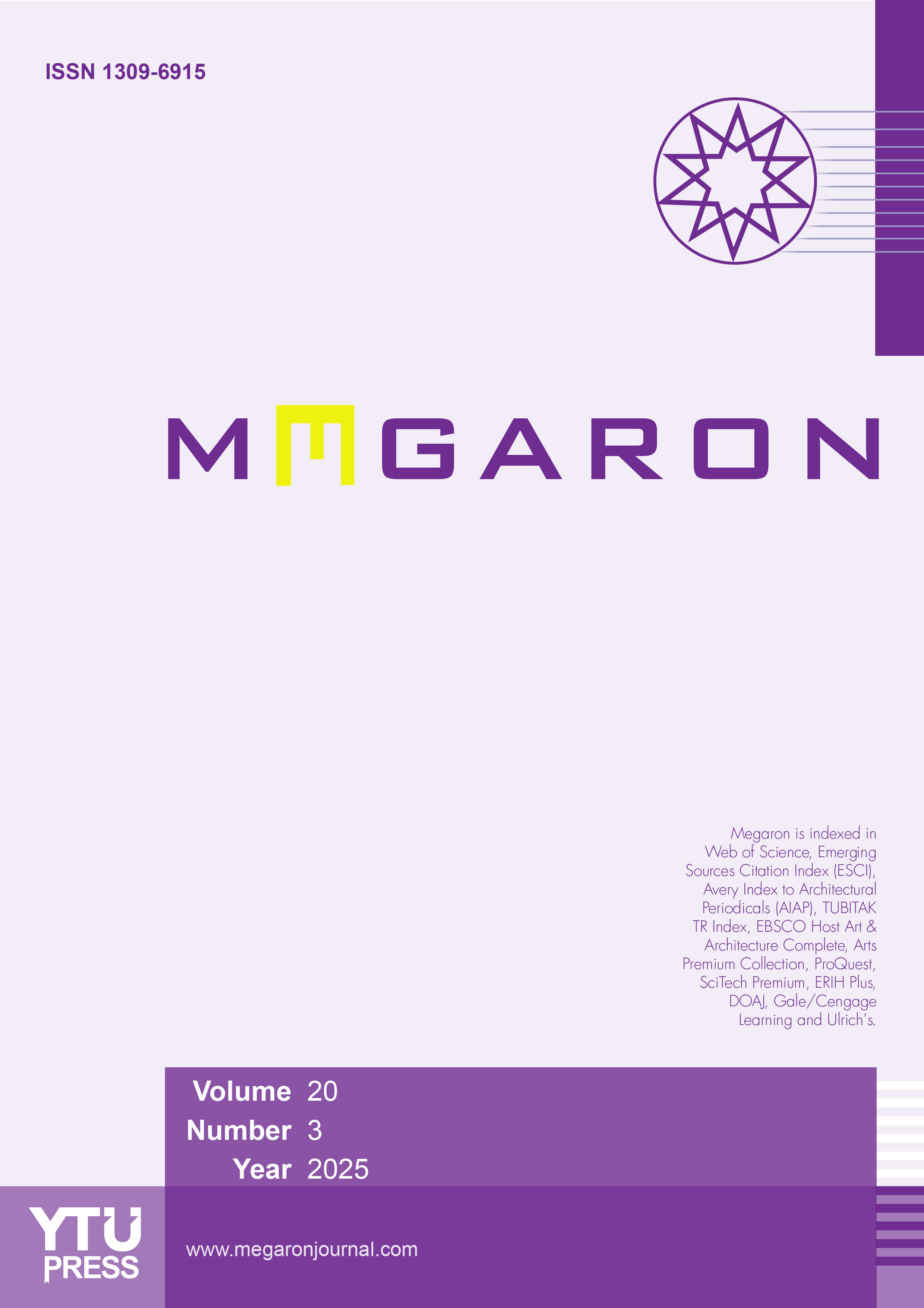Integrated risk-oriented design method in architecture
Semih Serkan Ustaoğlu1, Sevgül Limoncu21Department of Architecture, FSMVU Faculty of Arts, Design and Architecture, Istanbul, Türkiye2Department of Architecture, YTÜ Faculty of Architecture, Istanbul, Türkiye
Safe building design is a significant architectural design criterion in ensuring the health and safety of users. In Türkiye, recent buildings produced through constraints concentrated on resilience against disasters such as earthquakes, fires, floods, as well as those built with experiential traditional design approaches have proven inadequate for ensuring user safety and health. To prevent potential accidents involving users, a comprehensive approach is needed that, in addition to disaster-oriented design criteria, factors related to the building and its immediate surroundings, users, functions, and risks are considered. Consequently, an “Integrated Risk-Oriented Building Design” method is developed based on the traditional design approach in which risk factors and safety criteria are determined, necessary action steps sequences are organized precisely, user safety is ensured, and it is supported by decision-making and calculation methods whereby validating its applicability scientifically. Study stages include; literature review, developing a new method proposal by integrating existing decision-making and calculation systems with the traditional design method, and a case study testing the developed method. The proposed method aims to minimize built environment’s risks within the structure and its surroundings per the identified criteria. It is believed that when the Integrated Risk-Oriented Building Design method is properly implemented by designers and experts, potential risks that users might encounter will be eliminated or mitigated, leading to the production of safe and healthy designs. Moreover, the proposed method is expected to serve as a guide for future studies that can be further developed through scientific research and respond accurately to evolving needs.
Keywords: Risk-oriented design method, safe design, safety buildingManuscript Language: English








